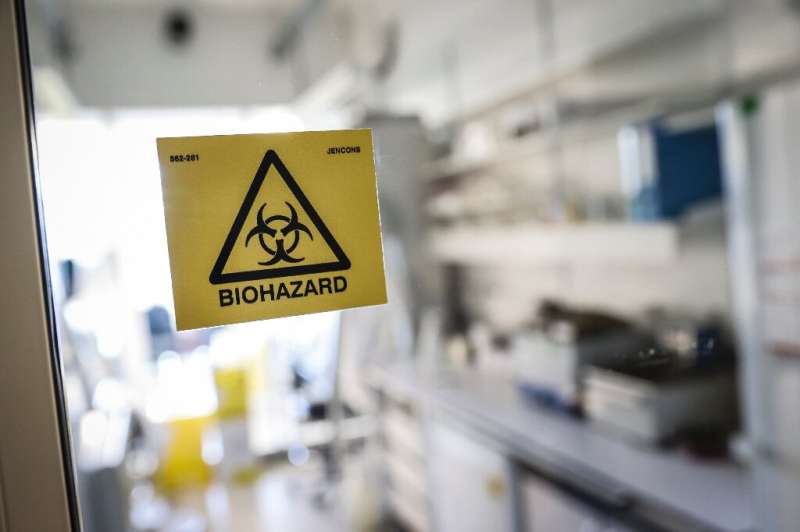Des essais sont menés pour combattre les effets du coronavirus au niveau des poumons et éviter l'orage cytokine
A phenomenon known as a "cytokine storm"—a rapid overreaction of the immune system—is one of the most worrying features of COVID-19.
Experts believe it may explain the severe reaction to the coronavirus that can lead to death in the most severe cases while most people experience only mild symptoms.
This is what we know about these "storms" that first came to light around two decades ago.
What is a 'cytokine storm'?
Cytokines are proteins that are naturally released as part of the immune system that trigger inflammation when the body feels itself under attack from infection.
But sometimes, like when SARS-CoV-2—the virus behind the pandemic—enters the lungs, the immune response appears to go into overdrive, with uncontrolled levels of cytokines released in so-called storms that can kill the patient.
A "storm of hyper-inflammation" in the lungs was also a complication of previous coronavirus strains like SARS, with 774 people dying in the 2002-2003 outbreak that was largely confined to Asia, while MERS killed 866 people in 2012.
It was a factor too in the high fatality rate of the H5N1 "bird flu" in 2005, and experts believe it may have played a role in earlier pandemics like the Spanish flu pandemic at the end of World War I that killed nearly 50 million people.
Perhaps the most notorious case of such a reaction happened during a pre-clinical drug trial in London in 2006, when six healthy young men had multiple organ failure from an out-of-control immune response to a drug just 90 minutes after it was given.
The six were dubbed the "Elephant Men" because of the swelling and disfiguration they endured, but all survived the botched drug test.
Day Seven syndrome
Most people who have been hospitalised with the coronavirus have pneumonia, the World Health Organization has reported.
Often their condition suddenly worsens around seven to 10 days after the first symptoms are noticed.
Inflammation specialist Jessica Manson, of University College Hospital, London, believes "accumulating evidence suggests that a subgroup of patients with severe COVID-19 might have a cytokine storm syndrome."
She has urged close monitoring of the phenomenon in intensive care units.
How can it be stopped?
The headache for doctors and scientists is how to calm the cytokine storm while not lowering the patient's immune defences.
As it stands, they are trying to find answers as they go along, with Paris hospitals testing several medicines to see if they reduce excessive inflammatory reactions.
Immunologist Professor Stanley Perlman of the University of Iowa admitted there was no effective treatment "right now".
"Physicians and scientists are trying to sort out which approach is best. And for sure, corticosteroids (conventional anti-inflammatory drugs) are deleterious" and do more damage, he said.
© 2020 AFP
























